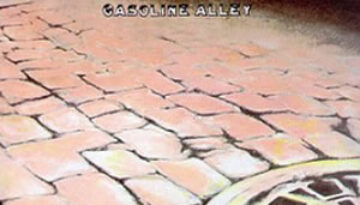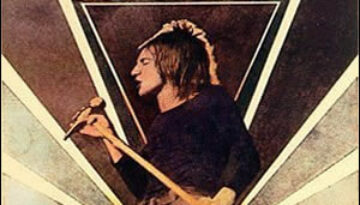Truth by The Jeff Back Group
Buy Truth There probably has never a debut album like Jeff Beck‘s 1968 solo debut, Truth. This album, of unique interpretations of diverse covers, introduced the talents of future superstar Rod Stewart on […]

Buy Truth There probably has never a debut album like Jeff Beck‘s 1968 solo debut, Truth. This album, of unique interpretations of diverse covers, introduced the talents of future superstar Rod Stewart on […]

Buy Gasoline Alley His second official solo album, Gasoline Alley, is a critically acclaimed 1970 album by Rod Stewart. It features a diverse mixture of covers and originals that reflect the various styles […]

Buy Every Picture Tells a Story With his solo album, Every Picture Tells a Story, Faces lead singer Rod Stewart produced a unique and entertaining album, albeit strange in many ways. The album […]